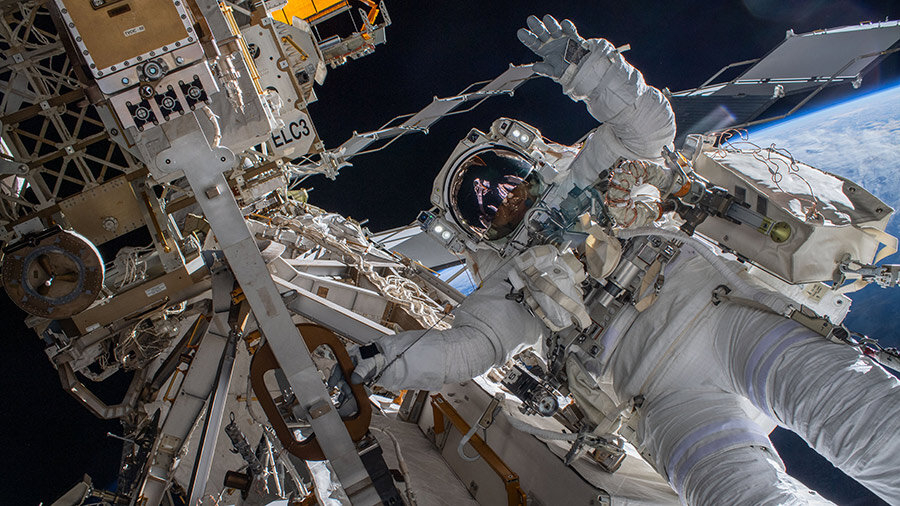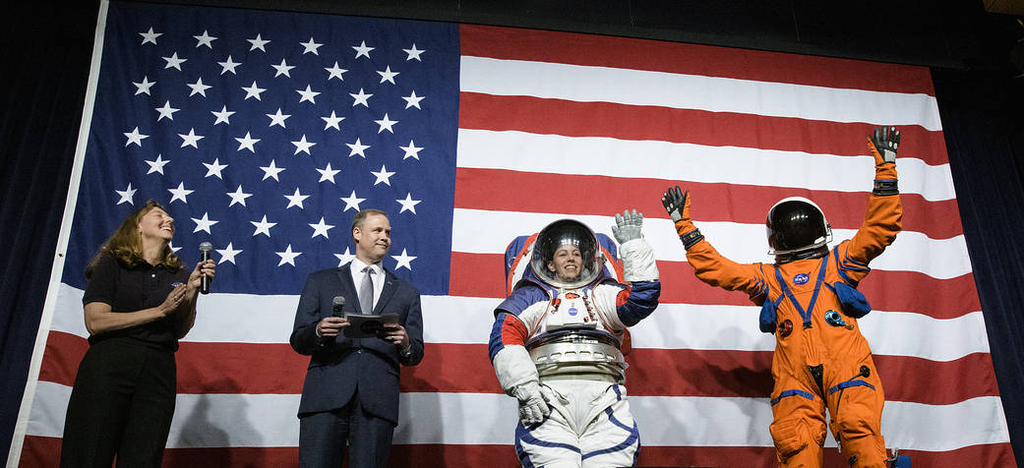Do you fancy sharing a ride to space ?
The Transporter 5 and Starliner missions, and more news on the future of space exploration.
SpaceX’s Transporter 5 launched at 18:35 GMT on the 25th May to bring 59 CubeSats into orbit. As a “rideshare” mission, some of these CubeSats contain experiments like the one from their customer GHGSat, which operates a network of satellites that detect methane emissions from orbit, another one was in-space infrastructure services provider Momentous' inaugural flight, but others are much more unusual. Indeed one of their customers is Celestis, a company that provides “memorial spaceflight experiences” – yes, it is literally bringing a deceased person’s ashes (or a DNA sample) to space. In fact, this one CubeSat that Celestis booked on board of the Falcon 9 rocket contains the (partial) remains of 47 people. While SpaceX is much more well known for its two successful crewed launches to the International Space Station (ISS), this is a much less obvious aspect of the blooming space exploration business.
Now it’s Boeing that seems to enter the “astronaut taxi service” business to the ISS. On the 19th May, the United Launch Alliance spacecraft launch service provider sent an ATLAS V rocket loaded with Boeing’s Starliner capsule into space. Just a day later, Starliner, unmanned but with 225 kgs of food and other supplies, reached the ISS. Following its undocking at 18:36 GMT this Wednesday, 25th of May, Starliner, loaded with empty tanks of gas that were used to provide oxygen to the astronauts on board, is going to reach the Earth in a few hours. After many disappointments with their first Orbital Flight Test (OFT), Boeing’s OFT-2 might be their entry ticket to the business of crewed flight. If NASA does certify Starliner after this past week’s events, a crewed test to the ISS could happen as early as the end of this year.

It must be noted that the current Ukraine-Russia conflict does raise questions about the future of the ISS, especially after Russian space chief Dmitry Rogozin announced in an interview that discussions are underway about Russia leaving the ISS as retaliation for economic sanctions. This is not an official statement though, and the Russian space agency Roscosmos has confirmed that they would abide by the official policy that they must inform their partners about the end of their work on the ISS with a year’s notice. For now, the contract binding ISS partners, including Roscosmos, expires at the end of 2024. On the other hand, NASA has made it clear that they would prefer extending the station’s lifetime to the early 2030s.

However, NASA has issues with its Extra-vehicular Mobility Units (EMUs) as these spacesuits have been found to leak water. This problem was first discovered in 2013 with Maurer's Extravehicular Activitie (EVA), but has repeated itself now. This has led NASA to pause any upcoming EVAs until the source of this systematic problem is found. EVAs are necessary to allow astronauts to perform maintenance and upgrade tasks on the ISS, and functioning spacesuits are obviously an absolute necessity for successful EVAs, as each time astronauts spend on average between 6 and 8 hours “outside” of the ISS - in the vacuum of space. In case of an emergency, Roscosmos’ Sokol spacesuits can still be used.

NASA’s recent developments in spacesuit technology have focused on preparing for the Artemis Moon mission, for which the spacesuit has to fulfil different requirements than an EVA. As well, since the ISS will get decommissioned within the next decade, it is unlikely that a new generation of EMUs for the ISS will be created. In fact, a team at NASA’s Jet Propulsion laboratory has predicted that humans will reach the asteroid belt by 2073, an achievement for which, besides an incredible other set of technological challenges to be overcome, appropriate space-clothes will also be need. To obtain their estimate, this team considered factors such as technological progress rate and economic growth, including the partnerships with private companies like SpaceX and Boeing.
I will leave you with their conclusion: “Our model suggests human landings on worlds beyond the Moon and Mars may well be witnessed by many alive today”.
Cover Image: ISS, NASA
Image Credits:
1 - Falcon 9 booster return, SpaceX
2 - Starliner space capsule docked at the ISS, ESA
3 - Maurer on EVA, NASA
4 - xEMU, NASA/J. Kowsky
